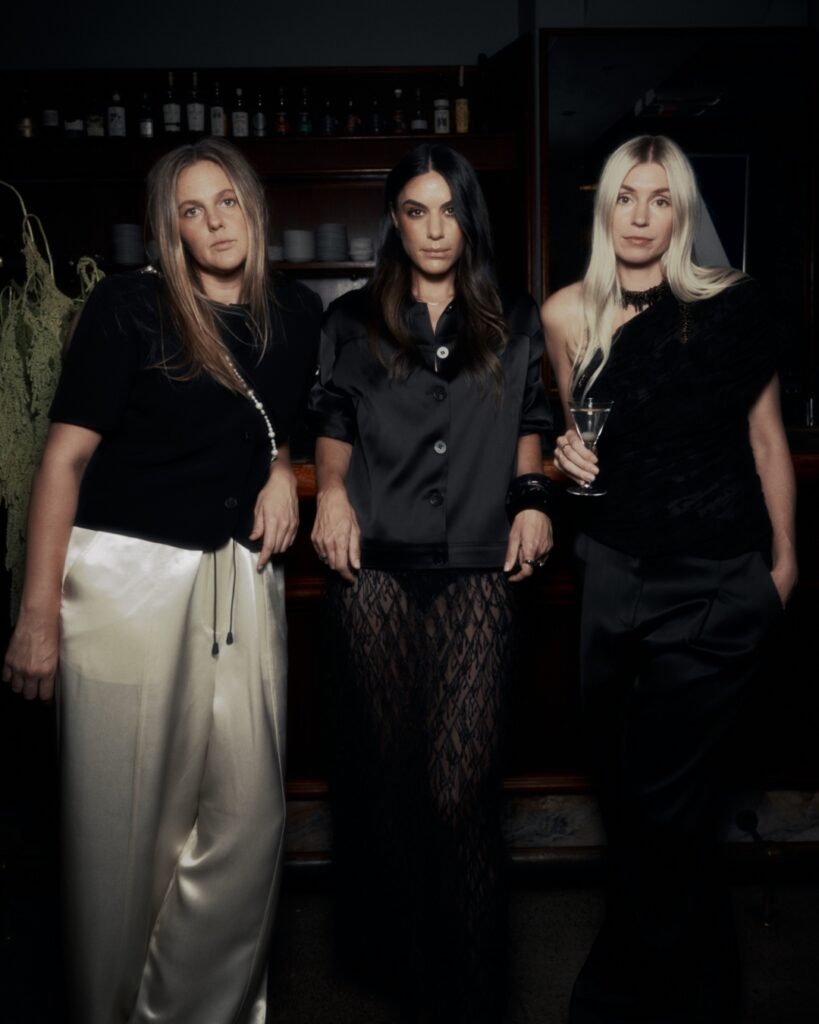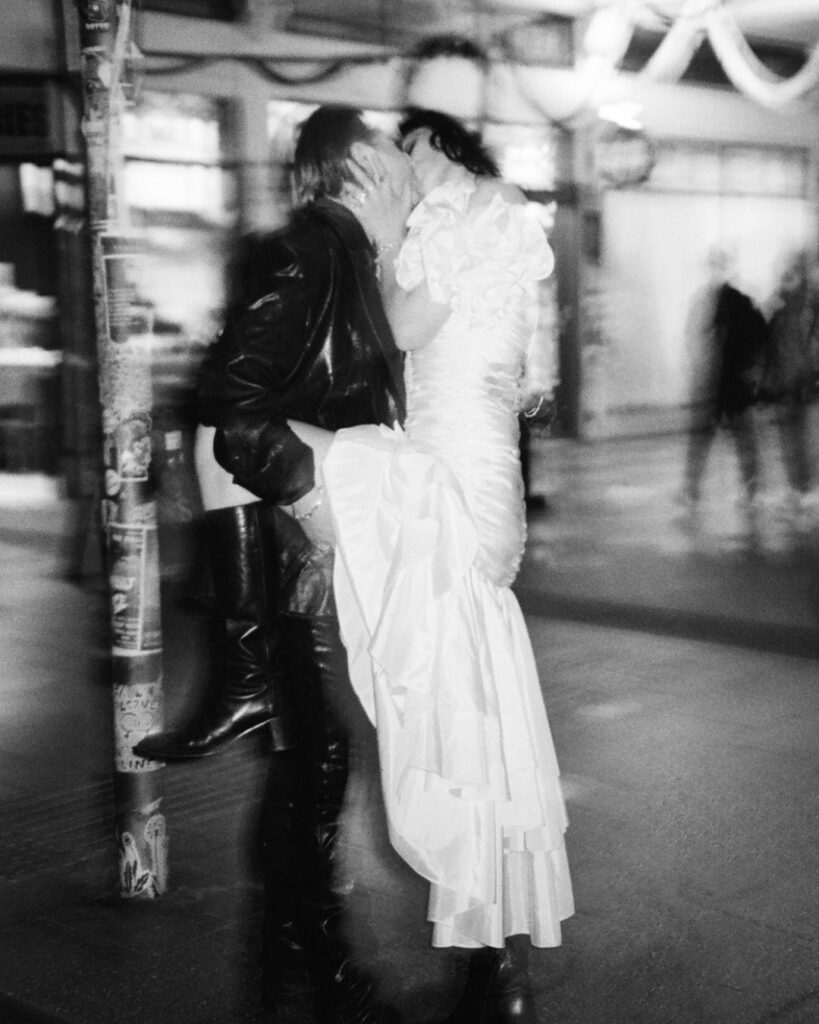From runners to boots – have you ever considered how your choice of footwear affects the way you drive? We think it may surprise you.

Did you know that statistically, backless shoes are the worst footwear to drive in? Especially in manual cars. Picture this: a group of five friends walk into a coffee shop, each wearing a different style of shoe – leather lace-up dress shoes, runners, Crocs with socks, platform thongs and boots with a high stacked heel. Mr Crocs and Ms Thongs will be driving home in manual cars.
Confession time: These friends are my own and the stacked-heel boots are mine. Sure, they look great but more importantly, that six-centimetre elevation gives me a nice feathering leverage onto my pedals for an imminent two-hour highway drive.
Wearing flat shoes in a flat Prius seat, over that distance, gives me a backache. I’ve reviewed enough cars to know that the relationship between the seat, pedals, and under thigh support is compromised for my height, which is 10cm shorter than the average Australian man and four centimetres taller than the average Australian woman. My chunky heels give me some respite. But, isn’t it time all auto manufacturers took a second look at how 50 per cent of their drivers shape up?
Women are often left off the radar when it comes to car designs, and pedal reach is just one example. But it’s not all bad news. Ironically, the most significant femme-oriented changes are happening in the trucking industry, led by US truck maker, Ryder, and Professor Jeanette Kersten from Wisconsin University. Kersten’s research found the average American female trucker is 15cm shorter and 23kg lighter than her male counterpart, which is a massive variation when it comes to standard vehicle adjustments. So, thanks to this research, Ryder is installing adjustable foot pedals, and making visual and physical access to parts of the vehicle easier, reducing backaches and fatigue. Here’s the sting: the seven per cent of US truck drivers, who are women, will benefit from these improvements, but Australia has three times that percentage of female truckies, primarily in mining, and they’re working with vehicles that are under-designed for their physique.
Women are often left off the radar when it comes to car designs, and pedal reach is just one example. But it’s not all bad news.
Adjustable pedals – it’s so simple, so workable and yet so rare in Australia and New Zealand.
History shows adjustable pedals can work for manufacturers since they were pioneered by Maserati Bora in 1971. Ford is also no stranger to this concept. It began with Bob Courty, core vehicle architecture supervisor at Ford USA, who rigged an electric pedal box from the 1996 Dodge Viper into his boss’s Mustang. It went down a treat with the boss’s wife, who was short and deemed electronically adjustable pedals essential – happy wife, happy life!
Kudos to her because today, Ford use adjustable pedals in many of its US cars, and are now concentrating on the relationship between pedal and shoe type. Hallelujah.
With access to a database that taps into shoe industry figures, Ford are able to design their pickup truck pedals for heavy boots (a steel cap toe can make a pedal work differently), and make their Mustangs and SUVs more heel-friendly – ladies, don’t pack away those pretty pumps just yet.
General Motors, otherwise known as Holden here in Australia, took pedal engineering to new heights with their redesign of the accelerator pedal in their best-selling SUV, the 2010 Equinox (a model not available in Australia). The accelerator pedal tilt angle has been adjusted to work with high-heeled shoes. It’s also closer to the driver and curved for “less ankle strain on heel wearers and less chance that your shoes will detract from your driving” according to the official line.
So without the heel-friendly Equinox, what shoes should you wear to drive? Simulator studies suggest anything is better than backless shoes – no more Crocs and socks (because then we’ll also have to call the fashion police!). And if you want to get really technical, thongs impair braking speed by one tenth of a second and they decrease braking power by three per cent! That’s an extra 7.5 metres to stop when braking on the freeway. Medium to high heels tested in the same study were 50 per cent less hazardous, and bare feet are a legal and safe alternative if you don’t want to actually change your shoes. Most of us fork out good dollars for our shoes, so why should we have to give them up to drive when Ford and GM have shown that it’s possible, and profitable, to rethink an outdated driver/pedal interface.
As Sue Cischke, Ford’s former Safety and Environmental Chief, said, “84 per cent of the buying decisions on automobiles are influenced by women, so it makes sense to have women involved in all aspects of designing the car.” Or in all decisions, always – now that’s what I’m talkin’ ’bout!
This article originally appeared on Which Car.










